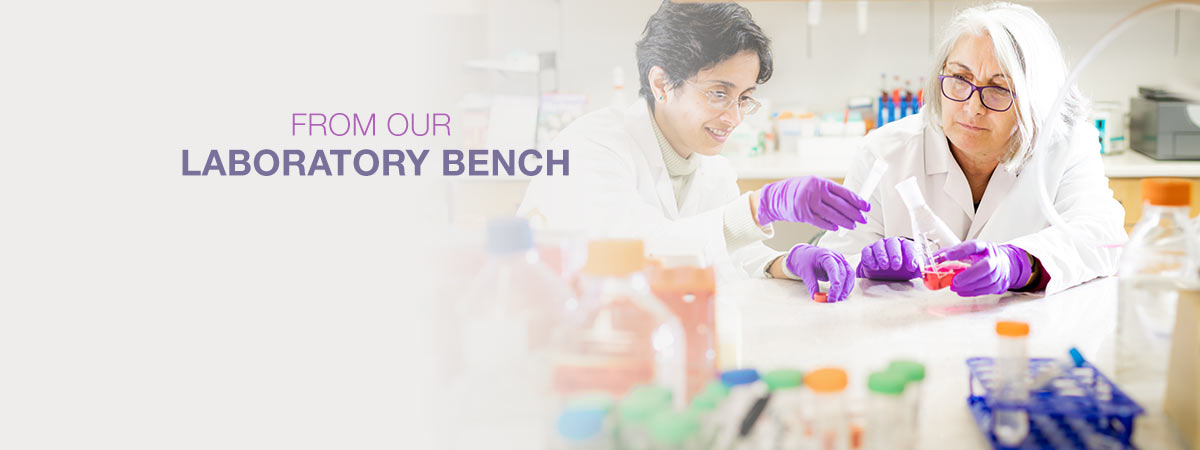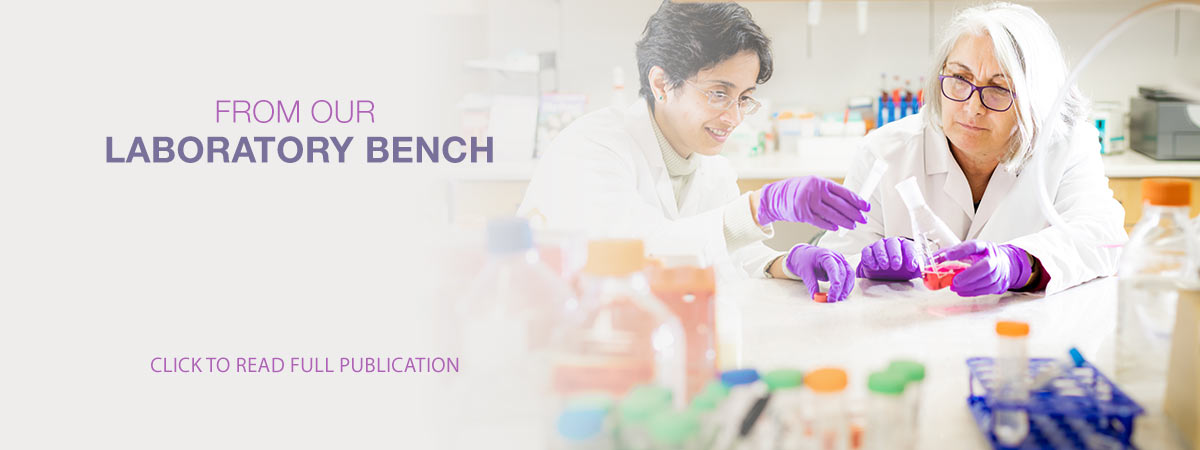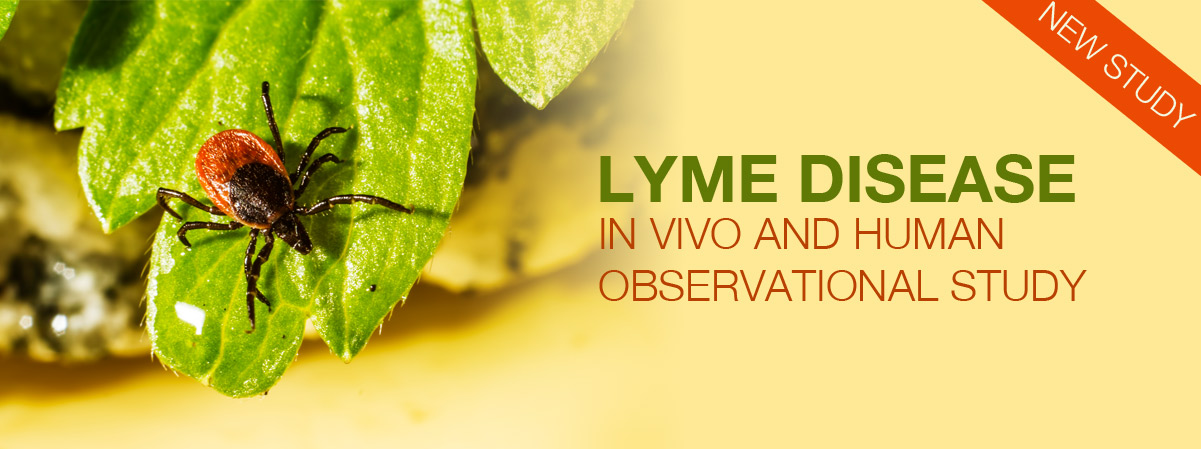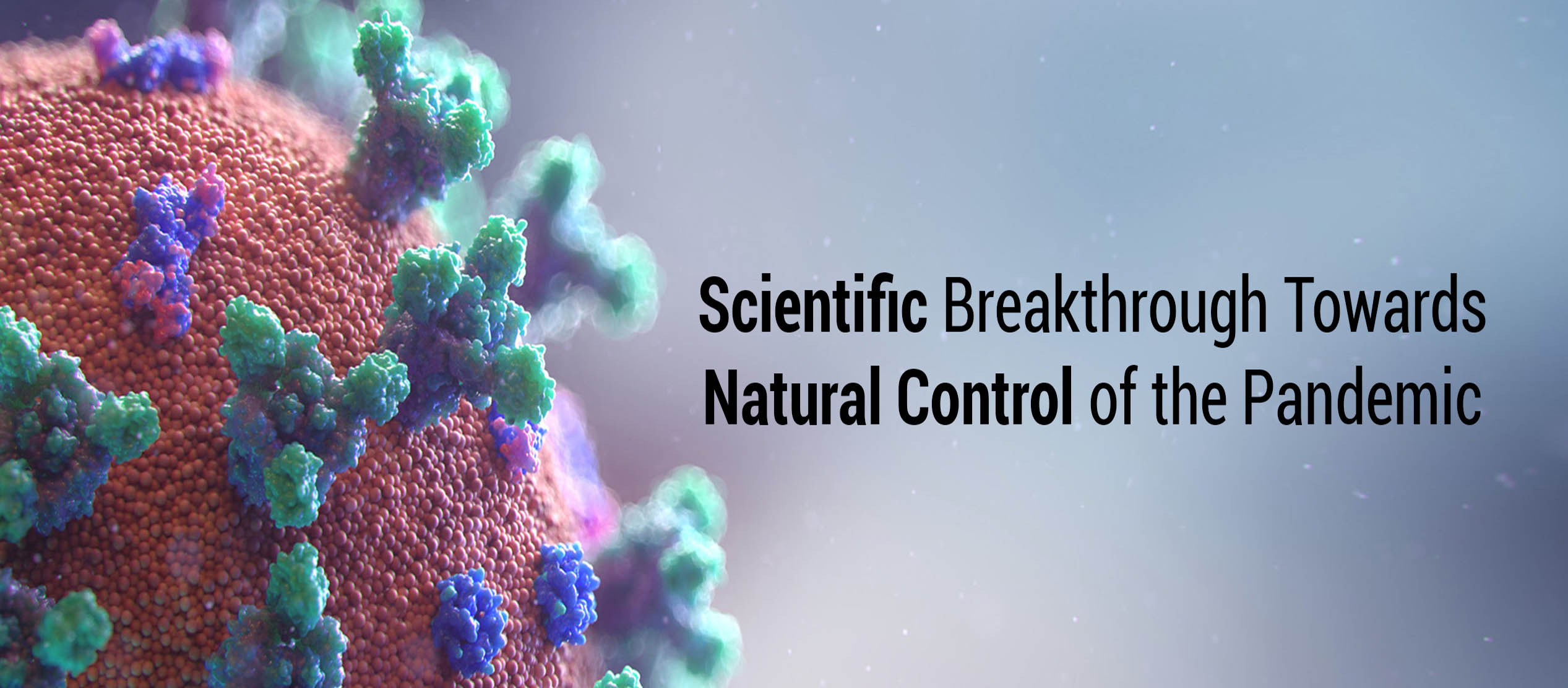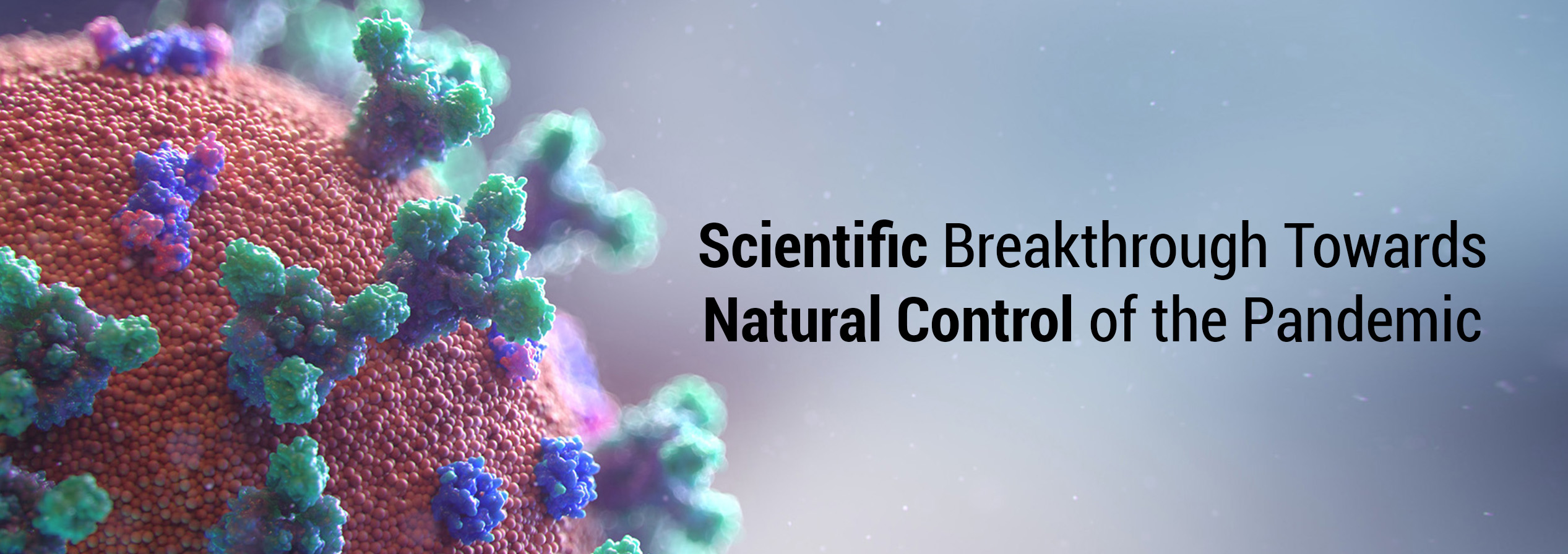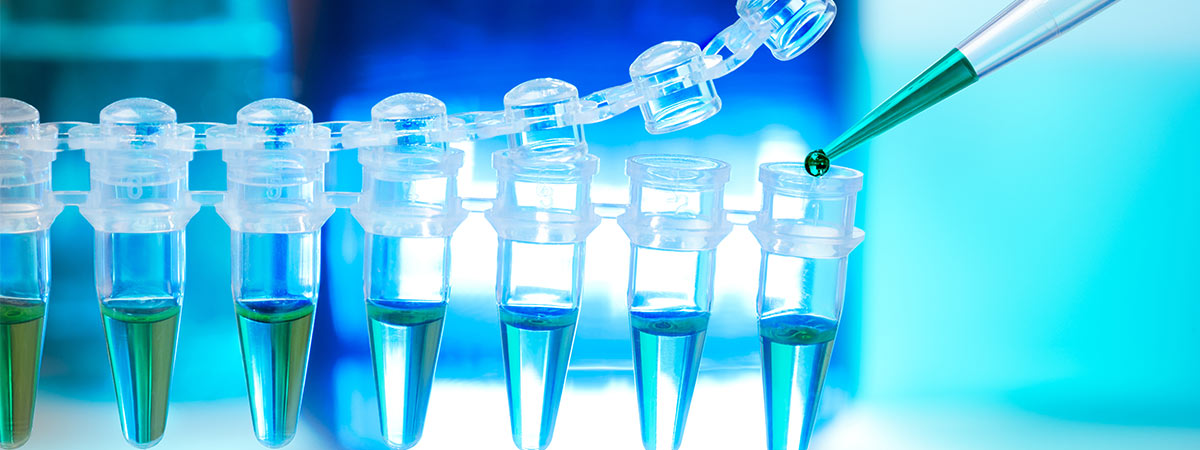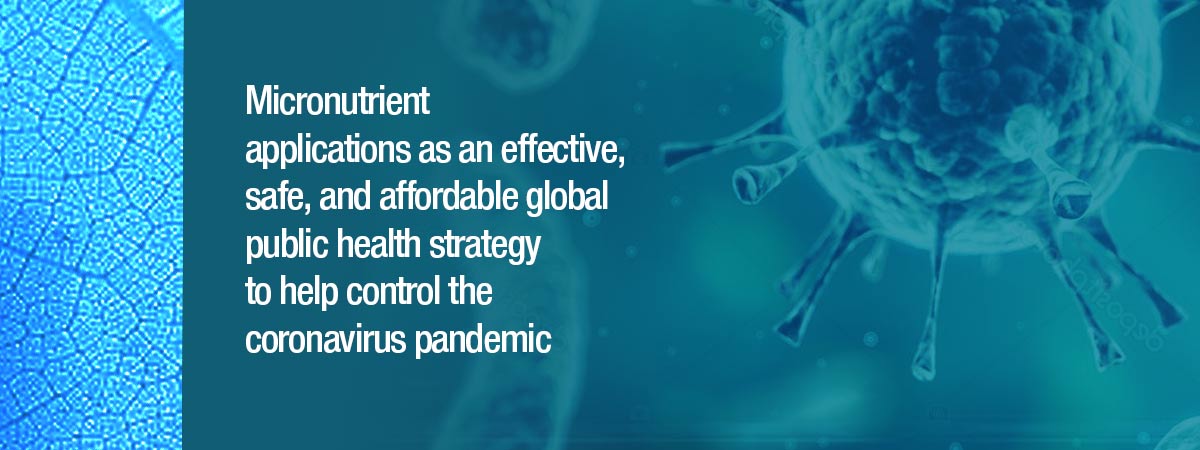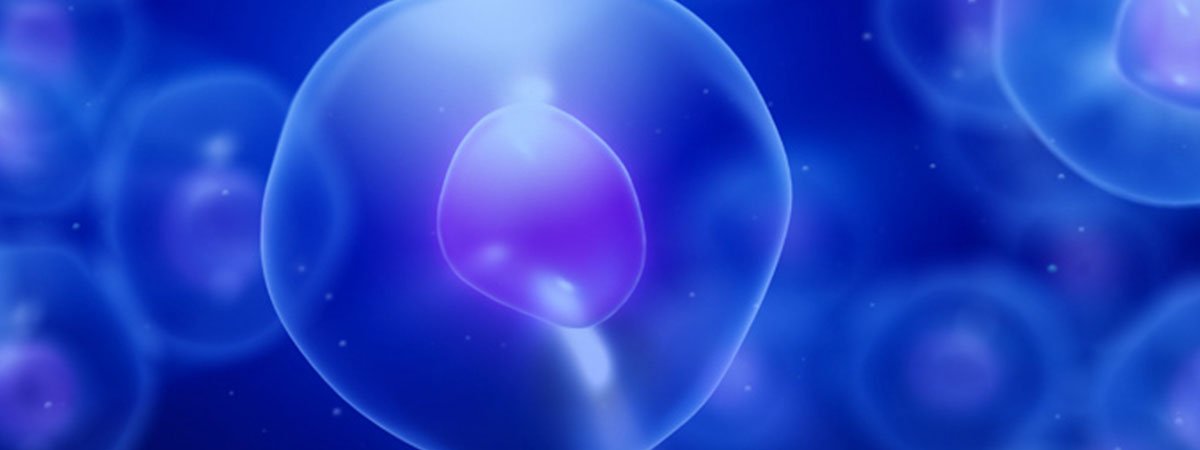M.W. Roomi, T. Kalinovsky, M. Rath and A. Niedzwiecki
Dr. Rath Research Institute, Cancer Division, Santa Clara, CA, USA
Oncology Reports 2011 DOI: 10.3892/or.2011.1434
Abstract:
Strong clinical and experimental evidence shows that elevated levels of u-PA and MMPs are associated with prostate cancer progression, metastasis and shortened survival in patients. MMP activities are regulated by specific tissue inhibitors of metalloproteinases (TIMPs). A nutrient mixture (NM) containing lysine, proline, ascorbic acid and green tea extract showed anticancer activity against a number of cancer cell lines. Our main objective was to study the effect of NM on activity of u-PA, MMPs and their inhibitor TIMPs on human prostate cancer cell lines PC-3 and DU-145. Human prostate cancer cell lines PC-3 and DU-145 (ATCC) were grown in MEM media with 10% FBS and antibiotics in 24-well tissue culture plates. At near confluence, the cells were treated with NM at 0-1000 μg/ml in triplicate at each concentration.
Analysis of u-PA activity was carried out by fibrin zymography, MMPs by gelatinase zymography and TIMPs by reverse zymography. Both PC-3 and DU-145 prostate cancer cell lines demonstrated u-PA activity (subunits 1 and 2, corresponding to 35 and 33kD). Prostate cancer cell line PC-3 secretion of u-PA subunit 1 was decreased by 65% at NM 500 μg/ml and subunit 2 by 100% at NM 50 μg/ml. Prostate cancer cell line DU-145 secretion of u-PA subunit 1 was decreased by 97% at NM 500 μg/ml and subunit 2 by 100% at NM 100 μg/ml. Untreated PC-3 showed two bands for MMP-2 and MMP-9. NM inhibited their expression in a dose-dependent manner. The activity of MMP-2 and MMP-9 was significantly inhibited at 250 μg/ml with total inhibition at 500 μg/ml. DU-145 did not exhibit MMP activity. Activity of TIMPs was upregulated in both prostate cancer cell lines in a dose-dependent manner. Minimum activity was expressed at 50 μg/ml NM and maximum at 1000 μg/ml. Correlation analyses revealed a positive correlation between u-PA and MMPs and a negative correlation between u-PA/MMPs and TIMPS. These results suggest NM as a potential anticancer agent since it targets invasive parameters of prostate cancer.
Key Words:
nutrient mixture, urokinase plasminogen activators, matrix metalloproteinases-2, matrix metalloproteinases-9, tissue inhibitors of metalloproteinases, prostate cancer, PC-3, DU-145
